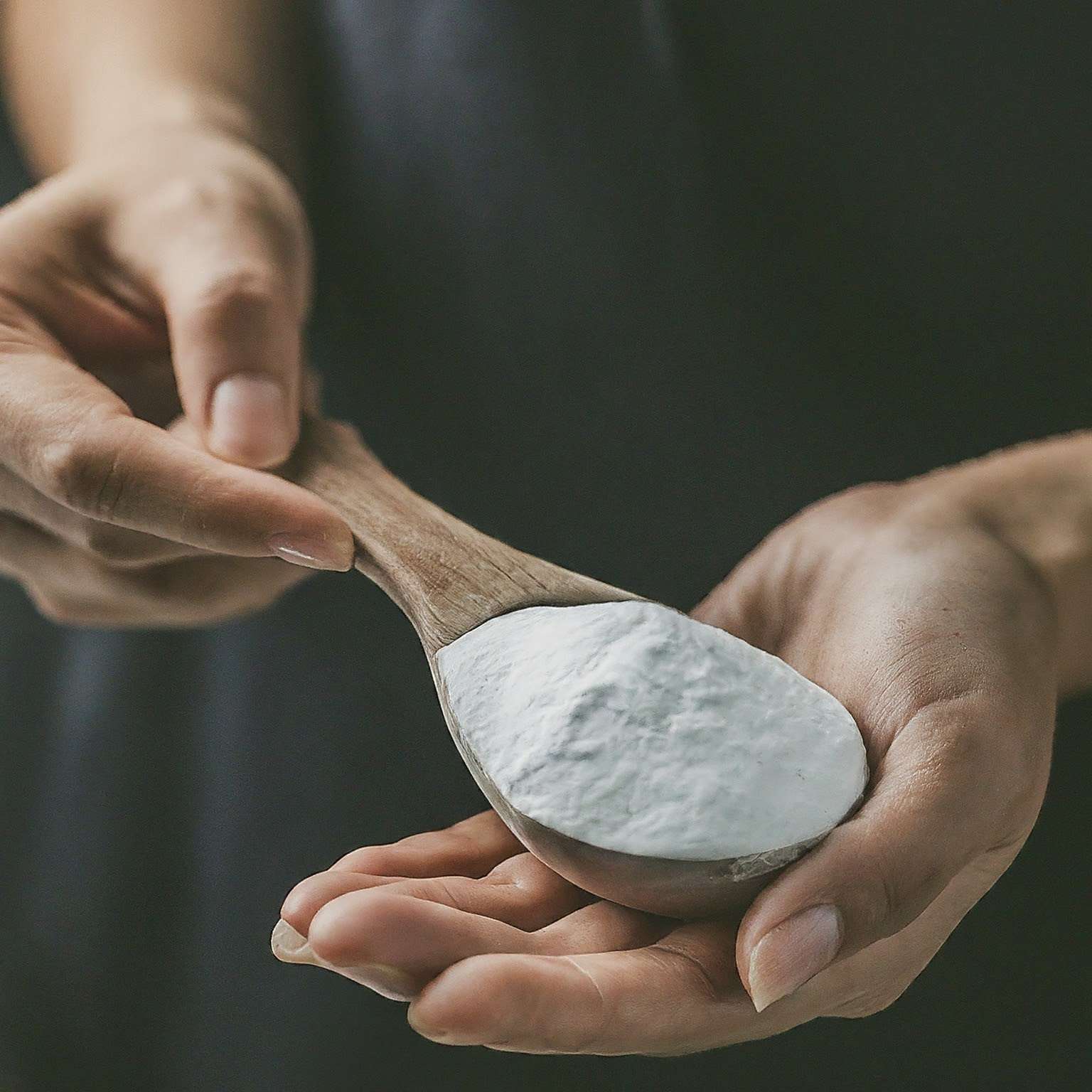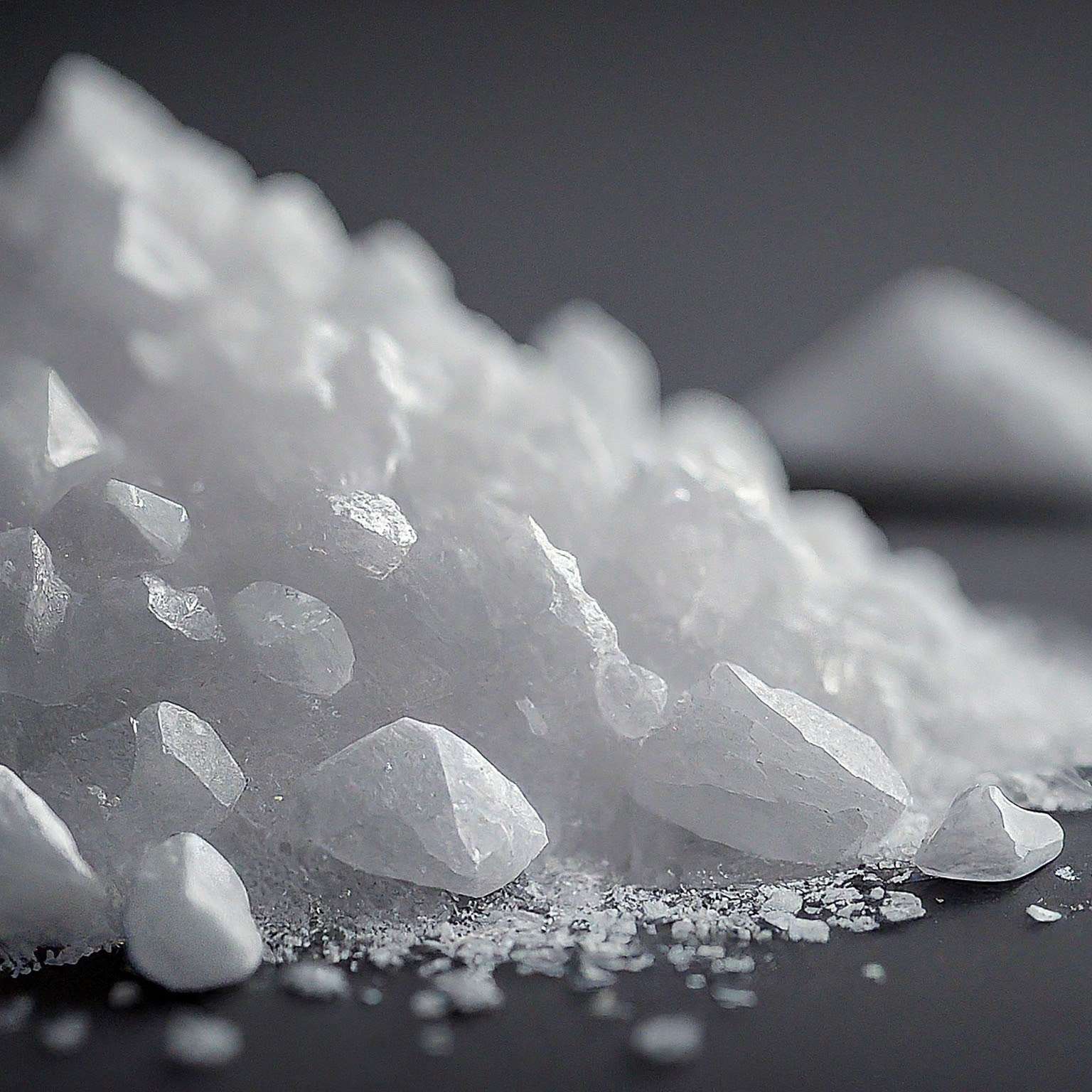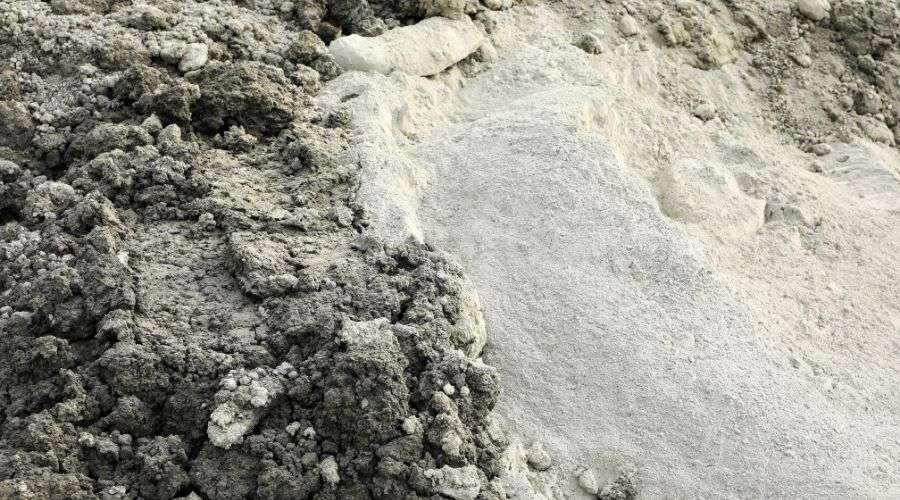Recent Post



Jul 09,2024

Soap making, also known as saponification, is a fascinating chemical reaction that transforms fats and oils into cleansing agents. The key ingredient in this process is a strong alkali, typically lye (sodium hydroxide, NaOH) or potash (potassium hydroxide, KOH). But what about magnesium hydroxide (Mg(OH)2)? Could it be a suitable substitute?
Unfortunately, magnesium hydroxide falls short for soap making in two key aspects:
• Strength: Magnesium hydroxide is a weaker base compared to lye or potash. This weakness translates to an incomplete saponification reaction, meaning the fats and oils won't be fully converted into soap. The resulting product might be a greasy paste with poor cleansing properties.
• Soap Scum: Even if some reaction occurs, magnesium soaps are known to be insoluble in water. This characteristic creates the dreaded "soap scum" that clings to surfaces and leaves a filmy residue on skin.
While magnesium hydroxide itself isn't ideal for soap making but you can buy them from companies like Shengmagnesium and explore the use of magnesium in different soap formulations. Magnesium stearate, for example, is a common additive that acts as a thickener and lubricant in various bar soaps.
For classic soap making, stick to lye or potash. However, magnesium can play a supporting role in some soap formulations, and ongoing research might lead to innovative uses for this versatile mineral.


